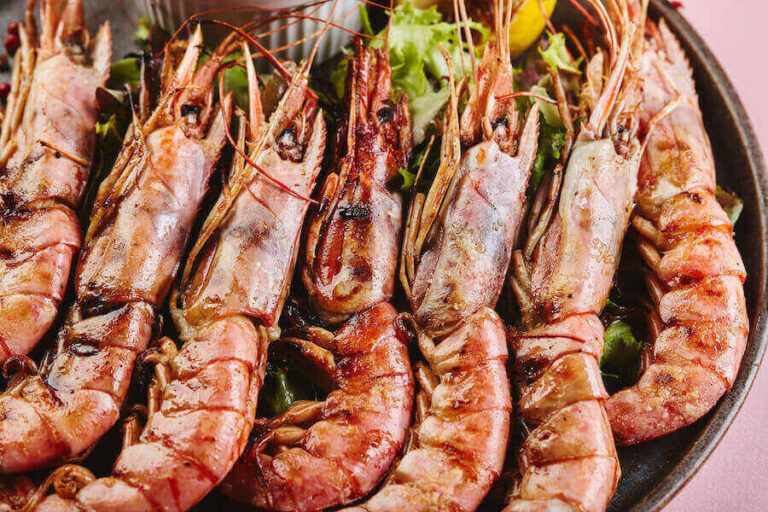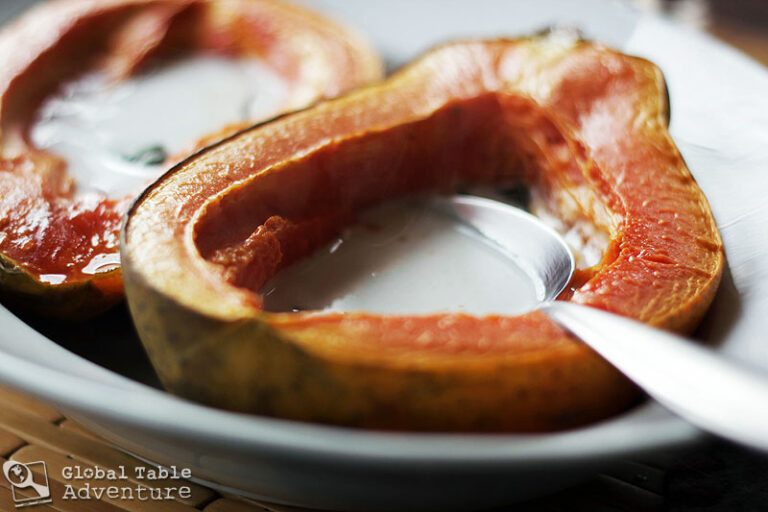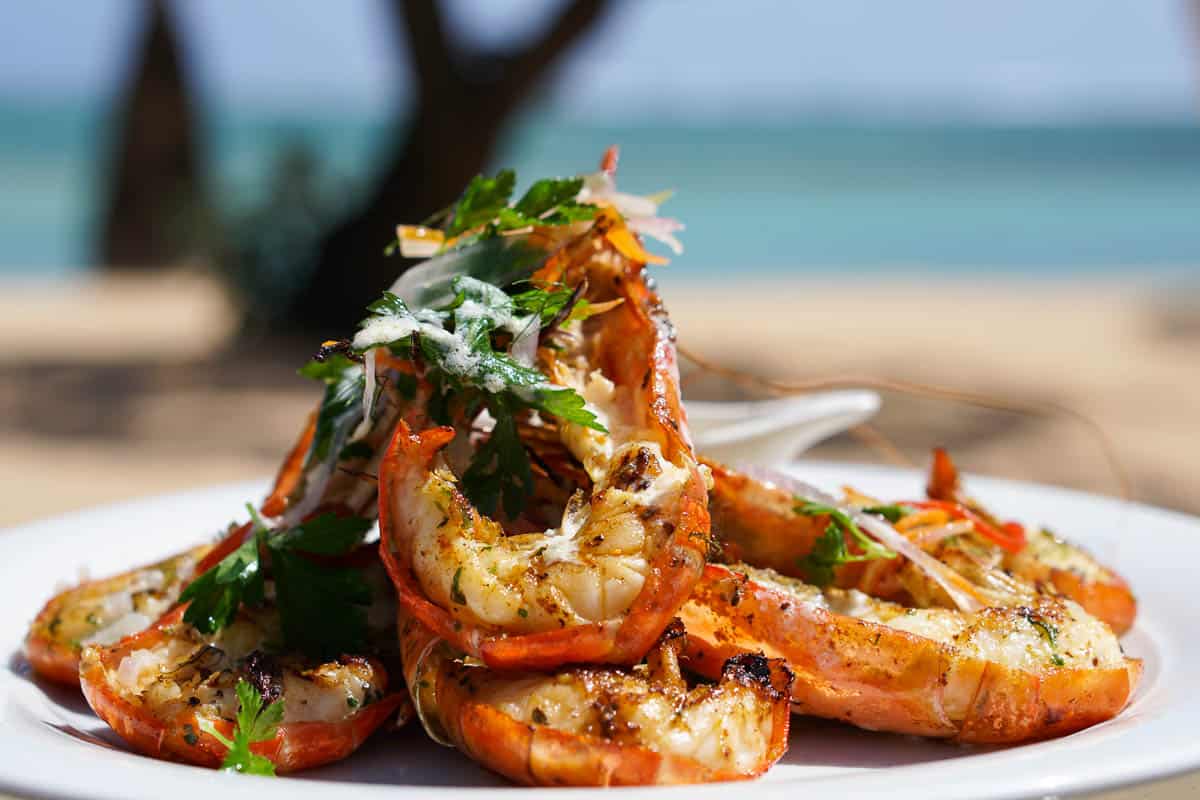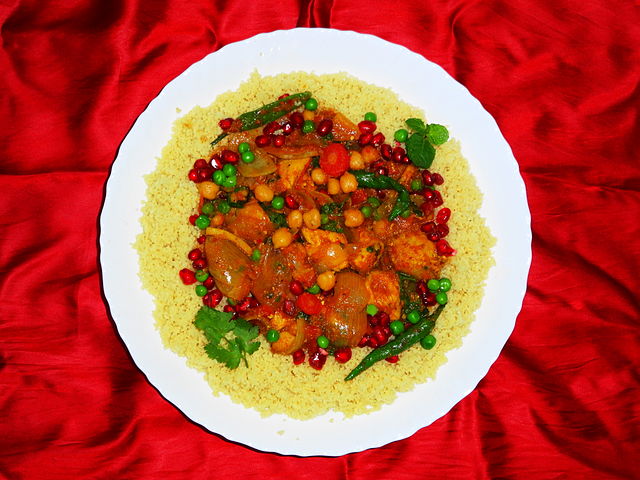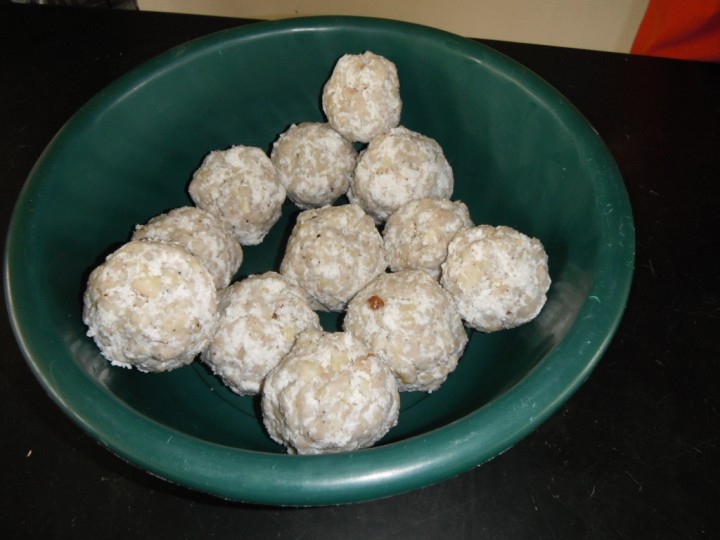Introduction: Maldivian cuisine and its uniqueness
Maldivian cuisine is a unique blend of flavors and influences from the surrounding countries of India and Sri Lanka. However, it is also distinctive in its own right, with the use of local ingredients and spices that are found only in the Maldives. The cuisine is heavily influenced by the tropical climate and the abundance of seafood, making it a prime location for seafood lovers.
Local seafood: a staple in Maldivian dishes
Local seafood is a staple in Maldivian cuisine, with dishes such as mas huni (a breakfast dish made with tuna, coconut, and onion), rihaakuru (a fish-based paste used in many dishes), and garudhiya (a fish broth served with rice) showcasing the Maldives’ connection to the sea. The use of seafood is not limited to fish, as shellfish such as crabs and prawns are also used in various dishes. The freshness of the seafood is of utmost importance, and it is often sourced directly from the fisherman on the same day it is cooked.
Utilization of ingredients in Maldivian cooking
Apart from seafood, Maldivian cuisine also uses a variety of vegetables, fruits, and spices. Coconut is a ubiquitous ingredient and is used in many dishes, either as a coconut milk base or grated coconut. Curry leaves, pandan leaves, and cardamom are common spices used in Maldivian cooking, adding depth and flavor to the dishes. Fruits such as bananas, papayas, and pineapples are also used, either in salads or as a side dish.
Challenges in sourcing local ingredients
Despite the abundance of local ingredients, sourcing them can be a challenge for many Maldivian restaurants. The country’s reliance on imports and the limited local supply chain can make it difficult to find fresh, local ingredients. Additionally, the tourism industry’s demand for exotic ingredients can further limit the availability of local produce. However, efforts are being made to source local ingredients to promote the country’s cuisine and support local farmers and fishermen.
Importance of sustainability in Maldivian cuisine
Sustainability is of utmost importance in Maldivian cuisine, as the country is surrounded by fragile ecosystems and marine life. Restaurants and chefs are committed to using sustainable practices in their cooking, such as choosing seafood that is caught using responsible methods, reducing food waste, and supporting local farmers and fishermen. By promoting sustainable practices, Maldivian cuisine can continue to thrive while protecting the environment.
Conclusion: local ingredients in Maldivian cuisine
In conclusion, local ingredients are an integral part of Maldivian cuisine, with seafood being a standout feature. The use of fresh, local ingredients adds depth and flavor to the dishes, making it a unique and delicious culinary experience. Although sourcing local ingredients can be challenging, efforts are being made to promote sustainability and support local farmers and fishermen. By utilizing local ingredients, Maldivian cuisine can continue to showcase the country’s rich culinary heritage and protect its precious resources.

